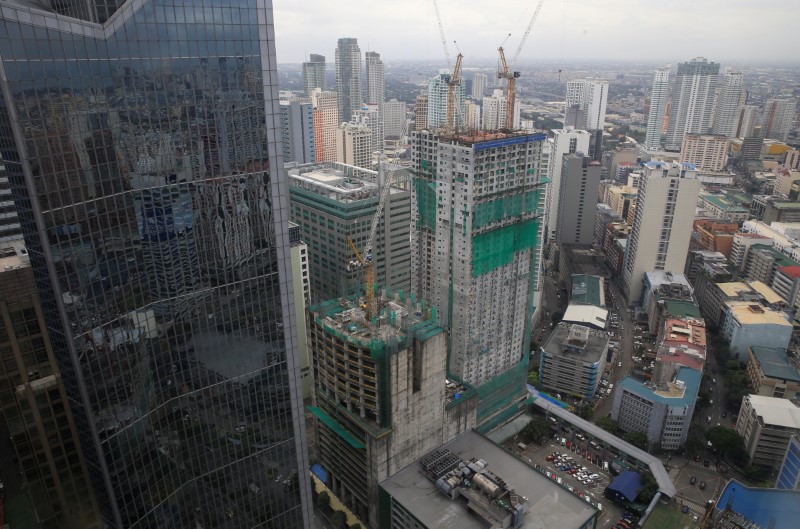 © Reuters. Philippines Most at Risk in Asean From China-U.S. Trade War
© Reuters. Philippines Most at Risk in Asean From China-U.S. Trade War(Bloomberg) — The Philippines could be the most at risk in Southeast Asia from the worsening trade conflict between China and the U.S.
About 16.9 percent of the Philippines’ shipments abroad are part of China’s value chain; goods that serve as inputs to China’s exports, according to RHB Bank Bhd. That compares with 11.4 percent for Malaysia and just 2.2 percent for Vietnam.
U.S. President Donald Trump on Thursday ordered his administration to consider imposing tariffs on an additional $100 billion in Chinese imports, dashing optimism that trade tensions could ease. Policy makers across Southeast Asia are focusing on bolstering domestic markets to cushion the fallout should the situation worsen.
Click to read: Southeast Asia Braces for Trade War by Bolstering Growth
The sectors that are likely to be hit badly are electronics, electrical machinery such as computers and industrial goods, RHB said in a note on Wednesday before the announcement of possible new U.S. tariffs.
China is the biggest trading partner for many Southeast Asian economies and an important source of investment and tourism in the region. While large domestic markets in Indonesia and the Philippines help to shelter those economies from a trade war, others in the region, like Singapore, Malaysia and Thailand, are more reliant on exports.
Fusion Media or anyone involved with Fusion Media will not accept any liability for loss or damage as a result of reliance on the information including data, quotes, charts and buy/sell signals contained within this website. Please be fully informed regarding the risks and costs associated with trading the financial markets, it is one of the riskiest investment forms possible.
Source: Investing.com




























